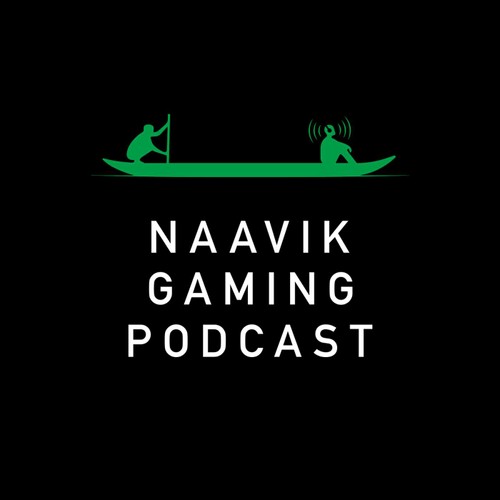
 Naavik Gaming Podcast
Naavik Gaming Podcast LinkedIn's Gaming Strategy: Using Games to Foster Connection and Conversation
18 snips
Nov 13, 2024 Lakshman Somasundaram, Director of Product Management at LinkedIn, shares insights on the platform's innovative gaming strategy. He discusses how games like Queens and Tango are designed to foster professional connections and spark conversations. The conversation covers the unique balance between engaging content and user professionalism, alongside impressive retention rates. Lakshman also reflects on his decade-long journey at LinkedIn, emphasizing the importance of accessibility and community-building in the digital age.
AI Snips
Chapters
Transcript
Episode notes
LinkedIn Career Rooted in Mission
- Lakshman Somasundaram joined LinkedIn as an intern after attending a hackathon invitation.
- His interest in economic mobility for farm workers deeply connected him to LinkedIn's mission, sparking a decade-long career.
Games Deepen Professional Bonds
- LinkedIn uses games to deepen professional bonds by enabling fun interactions.
- Having fun together creates stronger connections, leading to conversations and economic opportunities.
Leveraging Existing Game Habits
- Professionals already engage with thinking-oriented games like crosswords and Wordle at work.
- LinkedIn's games align with this existing behavior to spark conversation and mental exercise during daily routines.
